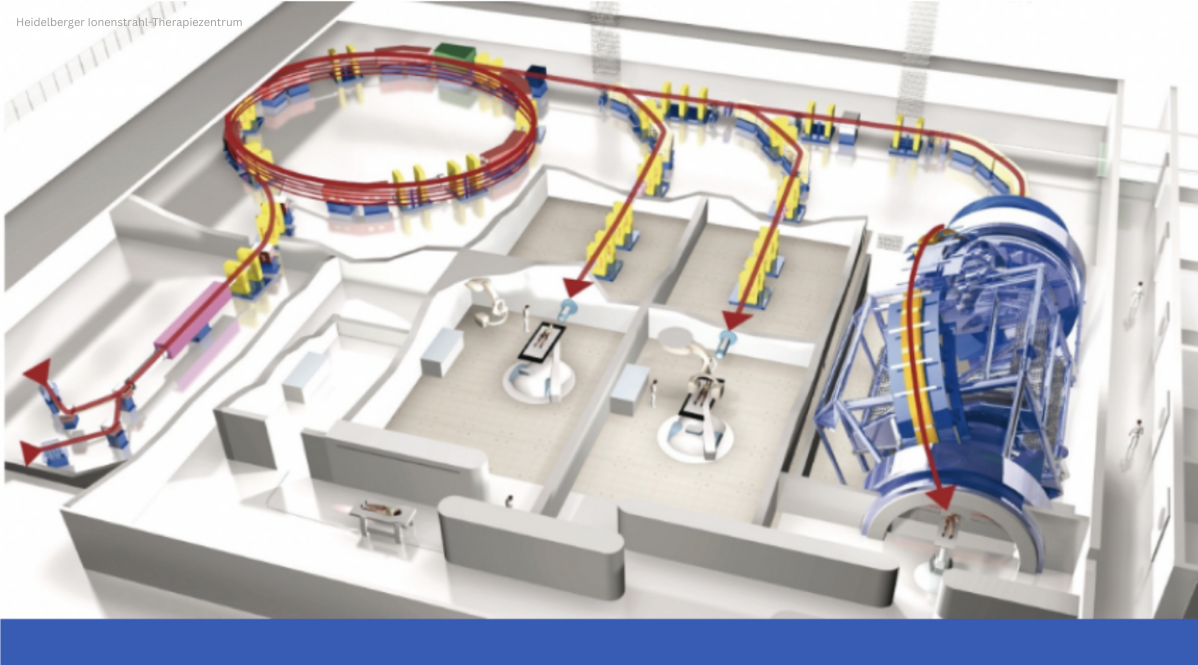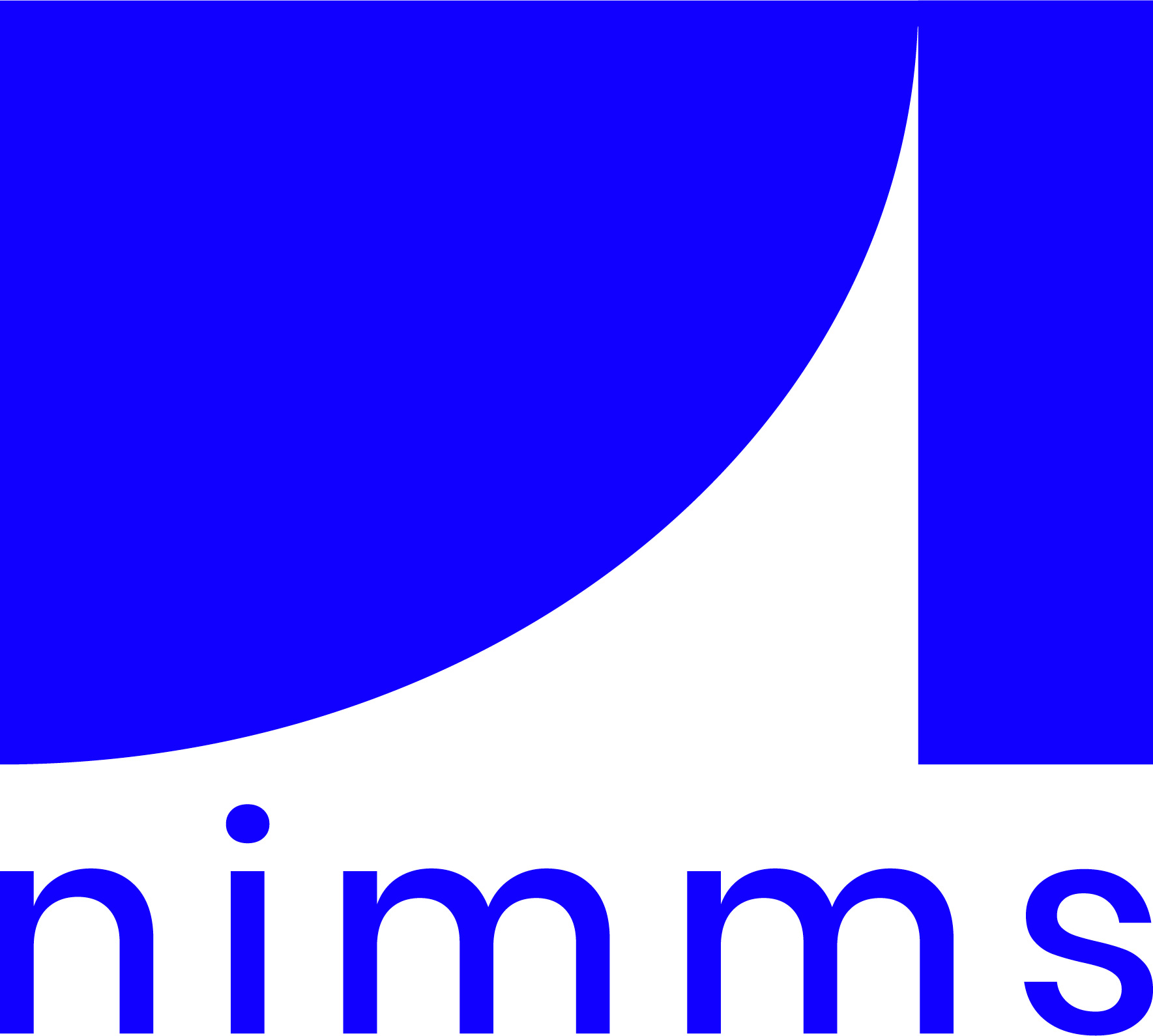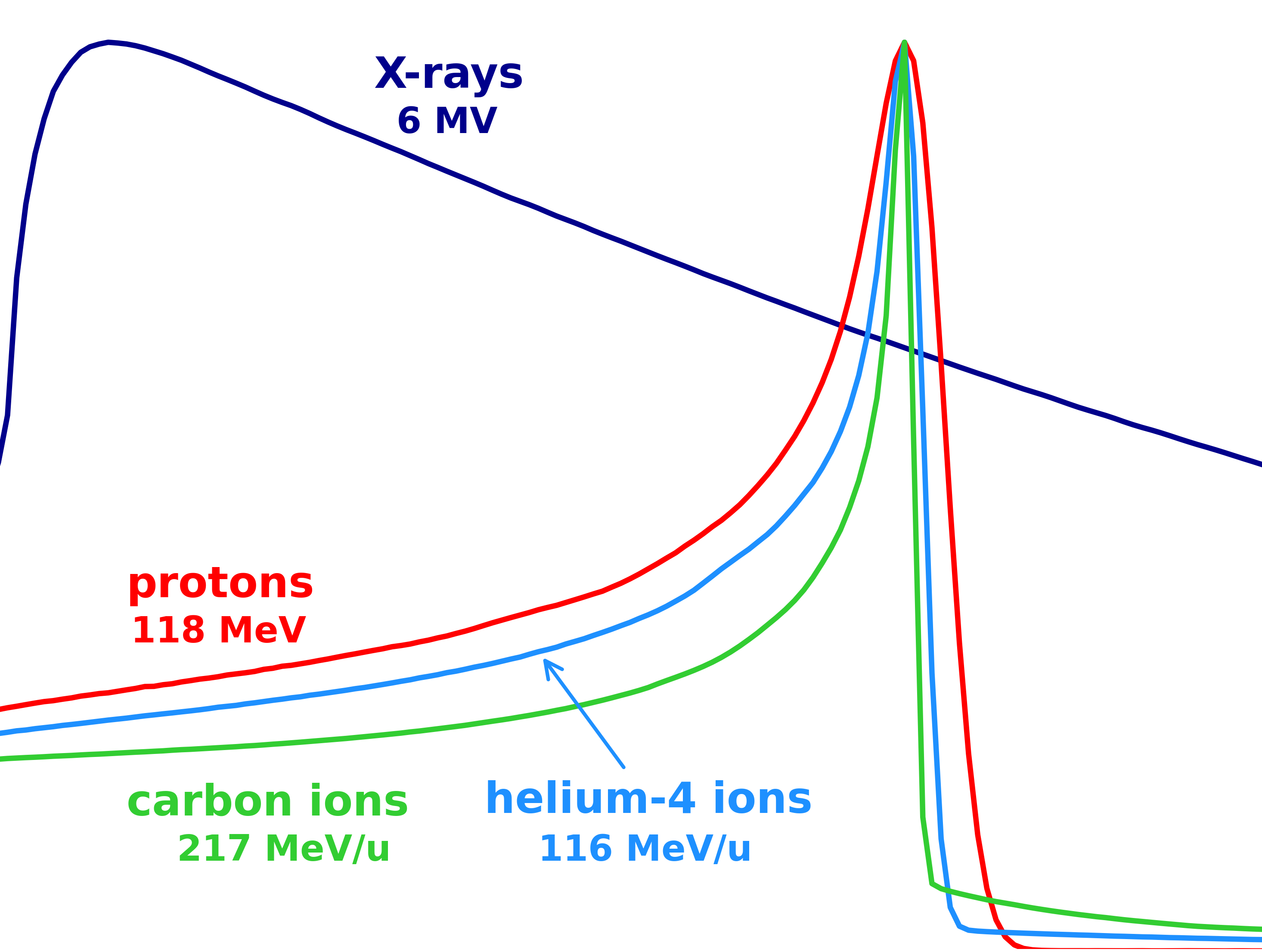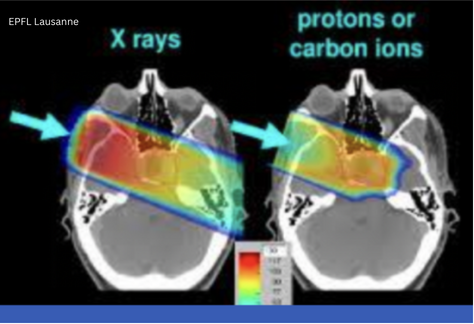
Globally, there are approximately 32,000 particle accelerators in operation. Most are used in the medical field for cancer therapy and imaging. These accelerators extract and accelerate particles, such as protons, electrons, and charged ions, to extremely high speeds. The result is a "beam" of accelerated particles, that can precisely penetrate matter. The penetration causes the breaking of chemical bonds, DNA breaks and cell death. Unlike X-rays, protons and ions deposit most of their energy at a specific depth within tissues, and can kill radiation-resistant tumors. This precision minimises the dose received by healthy tissue surrounding a tumor, thereby reducing side-effects. |
|
To achieve the precision needed, specialists take advantage of the "Bragg peak" phenomenon, where the maximum energy of accelerated ions is deposited at a specific depth inside tissues (image on the right). This technique aligns with the ancient dream of a “bloodless surgery”, allowing for precise treatment inside the body. |
|
|
|
While proton therapy, a form of Ion Therapy, has become widely commercialised, heavier ion therapy is still in early stages. The expansion of this technology is primarily limited by factors such as the size and cost of the required accelerator, and a lack of extensive experimental data. |
Ion Therapy facilities, although highly effective, are also the most costly and space intensive facility type. One ion therapy facility demands nearly ten times the space of a proton cyclotron facility, approximately 5,000 square meters, and can cost up to 20 times more, around €200 million. These factors contribute to the complexity and limited accessibility of this advanced treatment method.

The medical community's evolving needs, coupled with recent advancements in research, lead the development of a new generation of ion therapy facilities. These state-of-the-art facilities should meet several key requirements to enhance treatment efficacy:
- Diversity of Ions: The ability to use multiple ions, such as protons, helium, carbon, oxygen, etc., is crucial for a broader range of treatment options.
- Reduced Cost and Size: The accelerators need to become more affordable and compact compared to current models.
- Enhanced Dose Delivery: Implementing higher beam intensity and new delivery concepts, including FLASH therapy, for faster doses.
- Advanced Gantry Systems: Incorporating new gantry designs to deliver the dose precisely to the tumor, while minimising weight of the machine.
- Dual Functionality: Designing facilities capable of parallel operation for both biomedical research and patient treatment.

The trend in ion therapy is shifting towards compact, AI-controlled systems capable of precise operations.
There's a growing emphasis on integrating therapy and diagnostics, either within the same device or through "theragnostic" approaches. The aim is to offer more personalised and effective cancer treatments.
Here you can find a virtual walk-through of a Ion Therapy Center:


